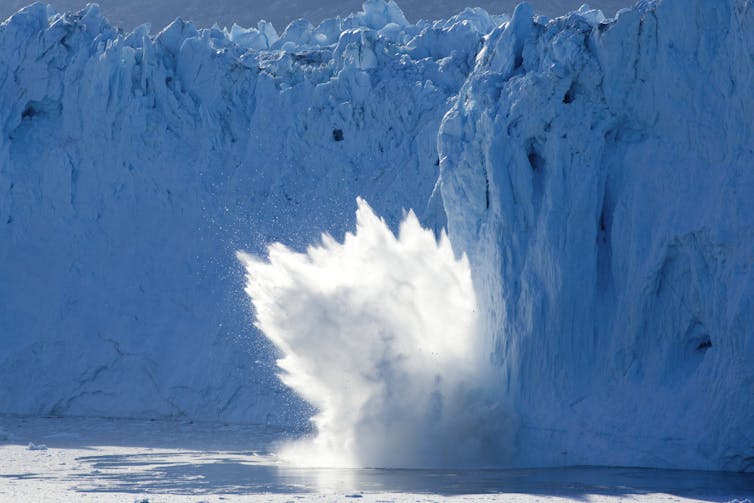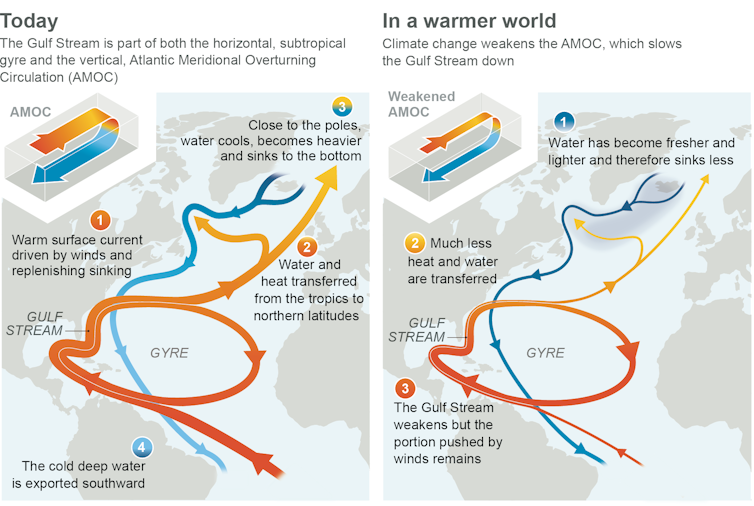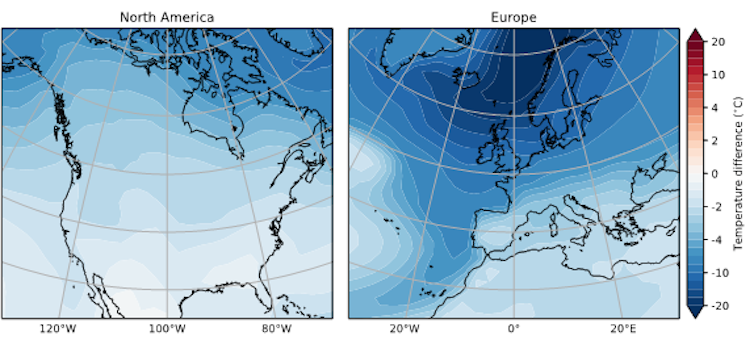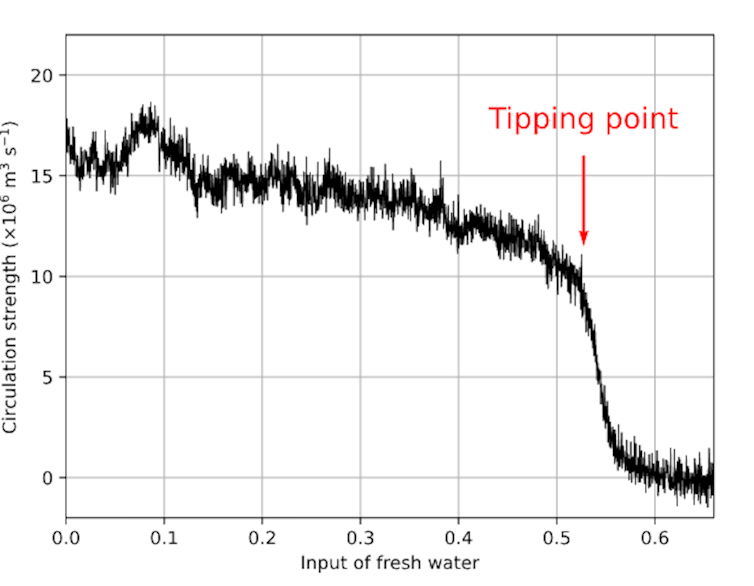Alexei Navalny had a vision of a democratic Russia. That terrified Vladimir Putin to the core
Robert Horvath, La Trobe UniversityAlexei Navalny was a giant figure in Russian politics. No other individual rivalled the threat he posed to the Putin regime. His death in an Arctic labour camp is a blow to all those who dreamed he might emerge as the leader of a future democratic Russia.
What made Navalny so important was his decision to become an anti-corruption crusader in 2008. Using shareholder activism and his popular blog, he shone a spotlight on the corruption schemes that enabled officials to steal billions from state-run corporations.
His breakthrough came in 2011, when he proposed the strategy of voting for any party but President Vladimir Putin’s “party of crooks and thieves” in the Duma (parliament) elections. Faced with a collapse of support, the regime resorted to widespread election fraud. The result was months of pro-democracy protests.
Putin regained control through a mix of concessions and repression, but the crisis signalled Navalny’s emergence as the dominant figure in Russia’s democratic movement.
Despite being convicted on trumped-up embezzlement charges, he was allowed to run in Moscow’s mayoral elections in 2013. In a clearly unfair contest, which included police harassment and hostile media coverage, he won 27% of the vote.
Perseverance in the face of worsening attacks
The authorities learned from this mistake. Never again would Navalny be allowed to compete in elections. What the Kremlin failed to stop was his creation of a national movement around the Foundation for the Struggle Against Corruption (FBK), which he had founded in 2011 with a team of brilliant young activists.
During the ensuing decade, FBK transformed our understanding of the nature of Putin’s kleptocracy. Its open-source investigations shattered the reputations of numerous regime officials, security functionaries and regime propagandists.
One of the most important was a 2017 exposé of the network of charities that funded the palaces and yachts of then-premier Dmitry Medvedev. Viewed 46 million times on YouTube, it triggered protests across Russia.
No less significant was Navalny’s contribution to the methods of pro-democracy activism. To exploit the regime’s dependence on heavily manipulated elections, he developed a strategy called “intelligent voting”. The basic idea was to encourage people to vote for the candidates who had the best chance of defeating Putin’s United Russia party. The result was a series of setbacks for United Russia in 2019 regional elections.
One measure of Navalny’s impact was the intensifying repression directed against him. As prosecutors tried to paralyse him with a series of implausible criminal cases, they also pursued his family. His younger brother Oleg served three and a half years in a labour camp on bogus charges.
This judicial persecution was compounded by the violence of the regime’s proxies. Two months after exposing Medvedev’s corruption, Navalny was nearly blinded by a Kremlin-backed gang of vigilantes, who sprayed his face with a noxious blend of chemicals.
More serious was the deployment of a death squad from Russia’s Federal Security Service (FSB), which had kept Navalny under surveillance since 2017. The use of the nerve agent Novichok to poison Navalny during a trip to the Siberian city of Tomsk in August 2020 was clearly intended to end his challenge to Putin’s rule.
Instead it precipitated the “Navalny crisis”, a succession of events that shook the regime’s foundations. The story of Navalny’s survival – and confirmation that he had been poisoned with Novichok – focused international attention on the Putin regime’s criminality.
Any lingering doubts about state involvement in his poisoning were dispelled by Navalny’s collaboration with Bellingcat, an investigative journalism organisation, to identify the suspects and deceive one of them into revealing how they poisoned him.
The damage was magnified by Navalny’s decision to confront Putin’s personal corruption. In a powerful two-hour documentary film, A Palace for Putin, Navalny chronicled the obsessive greed that had transformed an obscure KGB officer into one of the world’s most notorious kleptocrats.
With over 129 million views on YouTube alone, the film shattered the dictator’s carefully constructed image as the incarnation of traditional virtues.
‘We will fill up the jails and police vans’
It is difficult to exaggerate the impact of the “Navalny crisis” on Putin, a dictator terrified of the prospect of popular revolution. No longer was he courted by Western leaders. US President Joe Biden began his term in office in 2021 by endorsing an interviewer’s description of Putin as a “killer”.
To contain the domestic fallout, Putin unleashed a crackdown that began with Navalny’s 2021 arrest on his return to Moscow from Germany, where had been recovering from the Novichok poisoning. On the international stage, Putin secured a summit with Biden by staging a massive deployment of military force on the Ukrainian border, a rehearsal for the following year’s invasion.
The Kremlin’s trolling factories also tried to destroy Navalny’s reputation with a smear campaign. Within weeks of Navalny’s imprisonment, Amnesty International rescinded his status as a “prisoner of conscience” on the basis of allegations about hate speech. The evidence was some ugly statements made by Navalny as an inexperienced politician in the mid-2000s, when he was trying to build an anti-Putin alliance of democrats and nationalists.
What his detractors ignored was Navalny’s own evolution into a critic of ethnonationalist prejudices. In a speech to a nationalist rally in 2011, he had challenged his listeners to empathise with people in the Muslim-majority republics of Russia’s northern Caucasus region.
This divergence from the nationalist mainstream was accentuated by Putin’s conflict with Ukraine. After the invasion of Crimea in March 2014, Navalny denounced the “imperialist annexation” as a cynical effort to distract the masses from corruption.
Eight years later, while languishing in prison, he condemned Putin’s full-scale invasion of Ukraine, exhorting his compatriots to take to the streets, saying:
If, to prevent war, we need to fill up the jails and police vans, we will fill up the jails and police vans.
Later that year, he argued a post-Putin Russia needed an end to the concentration of power in the Kremlin and the creation of a parliamentary republic as “the only way to stop the endless cycle of imperial authoritarianism”.
Navalny’s tragedy is that he never had a chance to convert the moral authority he amassed during years as a dissident into political power. Like Charles de Gaulle in France and Nelson Mandela in South Africa, he might have become a redemptive leader, leading his people from war and tyranny to the promised land of a freer society.
Instead, he has left his compatriots the example of a brave, principled and thoughtful man, who sacrificed his life for the cause of democracy and peace. That is his enduring legacy. ![]()
Robert Horvath, Senior lecturer, La Trobe University
This article is republished from The Conversation under a Creative Commons license. Read the original article.





